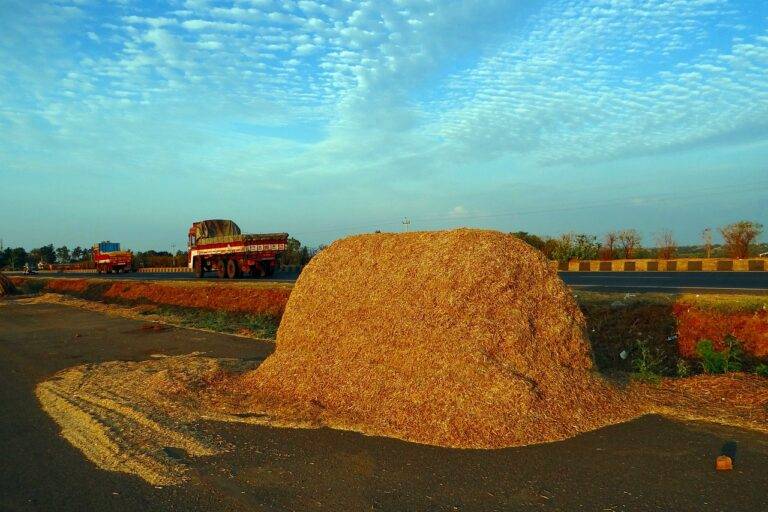Voter Fraud vs. Voter Suppression: Debunking Myths and Misconceptions
Voter fraud is often a topic that stirs emotions and polarizes opinions across the political spectrum. One common misconception is that voter fraud is widespread and significantly impacts election outcomes. However, numerous studies and investigations have shown that actual instances of voter fraud are extremely rare in the United States, with most cases involving inadvertent mistakes rather than intentional manipulation.
Another prevalent misconception is that voter fraud primarily occurs through in-person voting. In reality, the most common forms of voter fraud usually involve absentee or mail-in ballots. Measures such as strict voter ID laws have been implemented in some states under the premise of combatting in-person voter fraud, despite evidence pointing to these measures disproportionately affecting certain demographics and potentially suppressing voter turnout.
Understanding the impact of voter suppression
Voter suppression, a tactic used to hinder certain groups of people from exercising their right to vote, has a profound impact on democracy. By creating barriers such as restrictive ID laws, voter purges, and limited polling locations, voter suppression undermines the fundamental principle of equal representation. This systematic disenfranchisement disproportionately affects minority communities, low-income individuals, and the elderly, diluting their voices and skewing election outcomes.
Additionally, voter suppression perpetuates inequality and perpetuates power imbalances within the political landscape. When certain demographics are hindered from participating in the electoral process, the resulting lack of diversity in decision-making bodies leads to policies that may not fully address the needs and concerns of all members of society. Ultimately, voter suppression not only undermines the democratic ideals of fairness and equality but also thwarts the progress towards a more inclusive and representative government.
Exploring the history of voter fraud allegations
Voter fraud allegations have been a recurring topic in American politics, with claims dating back to the early days of the nation. Accusations of voter fraud have often been utilized as a political tool to delegitimize election results and undermine confidence in the electoral process. Despite the lack of substantial evidence supporting widespread voter fraud, these allegations have persisted throughout history.
The history of voter fraud allegations is intertwined with efforts to disenfranchise certain groups of voters. From the Reconstruction era to the Civil Rights movement, voter suppression tactics have been employed alongside accusations of voter fraud to limit access to the ballot box for minority communities. This pattern of using voter fraud allegations as a means of perpetuating voter suppression continues to be a significant concern in contemporary American politics.
What are some common misconceptions about voter fraud?
Some common misconceptions about voter fraud include the belief that it is widespread and systematic, when in reality, studies have shown that voter fraud is extremely rare.
How does voter suppression impact elections?
Voter suppression tactics can disenfranchise certain groups of voters, making it more difficult for them to exercise their right to vote. This can skew election results and undermine the democratic process.
Can you provide examples of voter suppression tactics?
Voter suppression tactics can include strict voter ID laws, purging voter rolls, limiting early voting periods, and closing polling locations in certain neighborhoods.
What is the history of voter fraud allegations in the United States?
Voter fraud allegations have been used throughout history as a way to disenfranchise certain groups of voters and undermine the legitimacy of election results. These allegations have often been used as a political tool to manipulate the outcome of elections.







